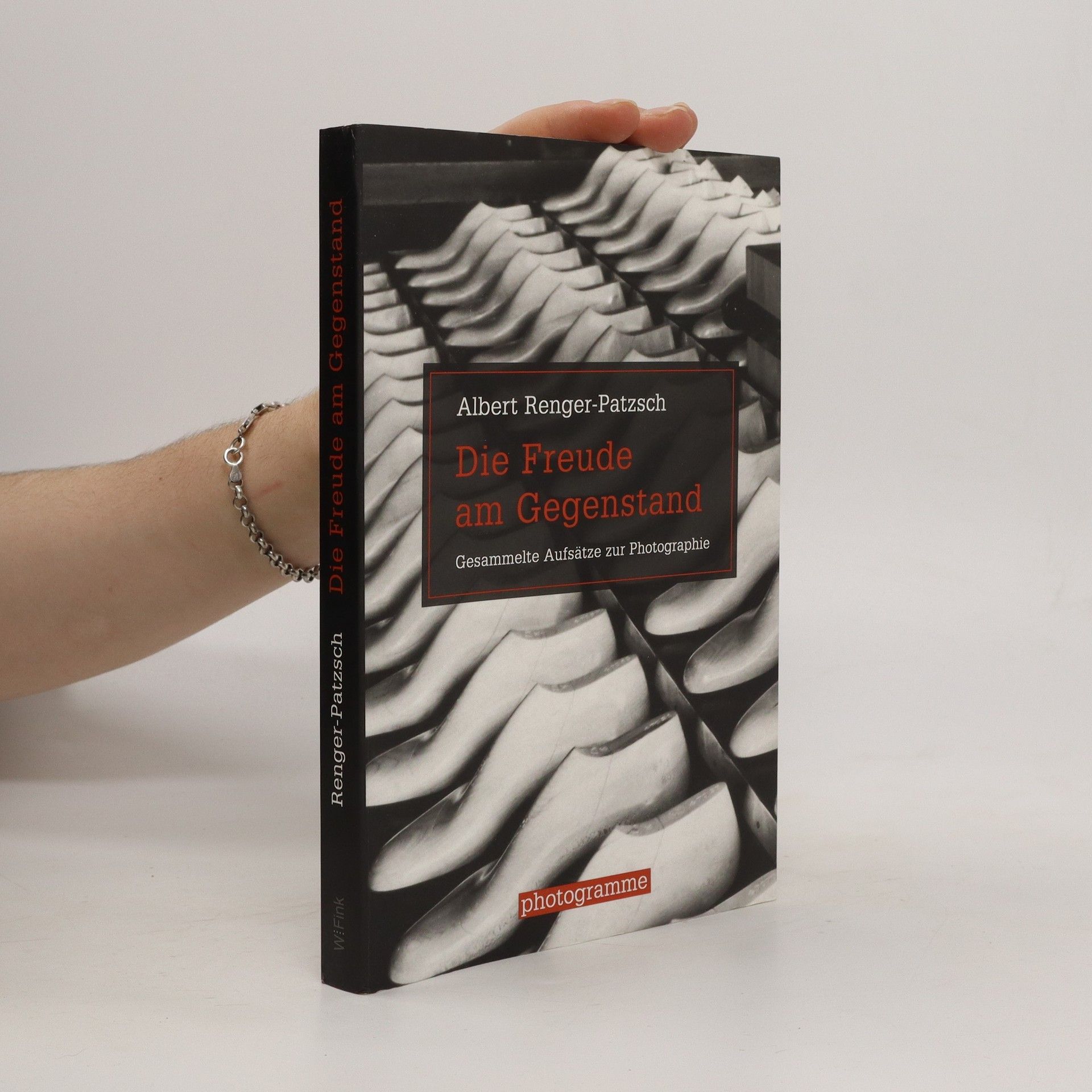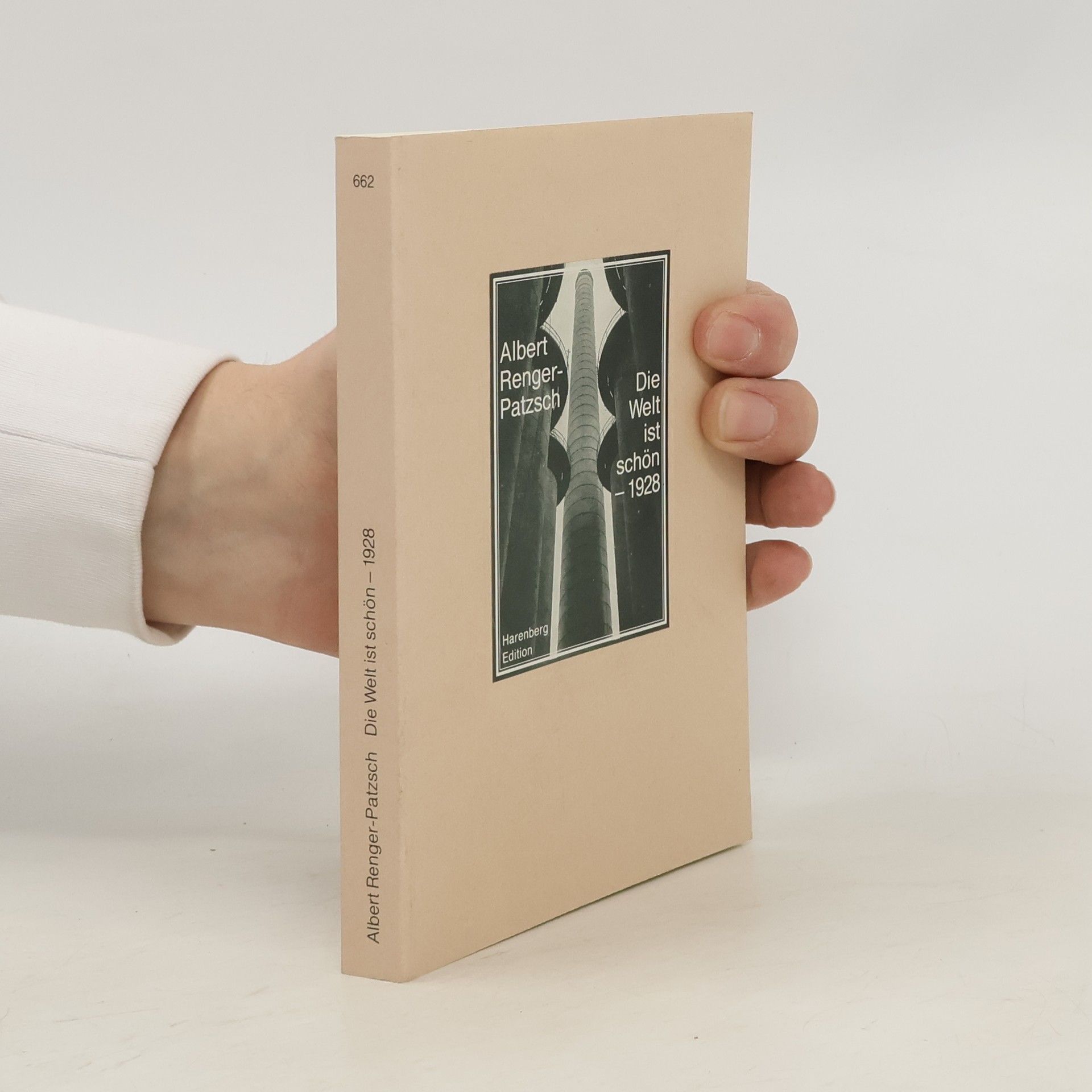Die Freude am Gegenstand. Gesammelte Aufsätze zur Photographie
- 328 pages
- 12 hours of reading
Wie kaum ein zweiter Photograph seiner Zeit hat Albert Renger-Patzsch die Bildsprache des 20. Jahrhunderts geprägt. Renger fand für die technische Moderne Bilder, die nicht zuletzt aufgrund ihrer strengen Kompositionen zu regelrechten Emblemen der Gegenwart wurden. Rengers Aufsätze aus über vier Jahrzehnten begleiten und ergänzen seine epochalen photographischen Arbeiten. Dabei widmen sie sich höchst unterschiedlichen Fragen: ob Photographie Kunst sein könne, wie man am besten Ersatzteile photographiert, ob die Photographie einen Typus wiedergeben könne oder welche Verantwortung der Photograph habe. Neben sämtlichen zu Lebzeiten publizierten Texten enthält der Band auch eine Reihe von bisher unveröffentlichten Aufsätzen aus dem Nachlaß.



